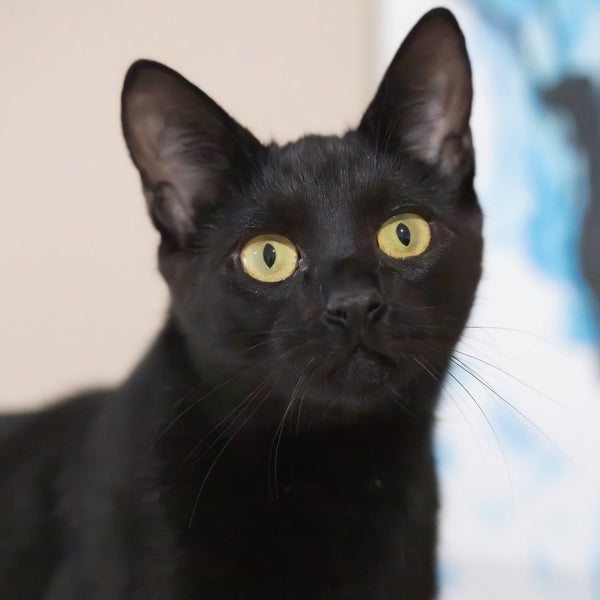Gerbils are one of my favourite small animals. They tend to have a friendly demeanor and are super intelligent and curious, making them fun to watch as they cruise around their cage, foraging for food, digging, and just doing gerbil things! They are also a pretty cool animal in general when it comes to the differentiation between species of gerbil and their history in the pet trade. Here are eight fun facts about them:
- There are over 100 different species of gerbil ranging from the great gerbil from Turkmenistan, which can grow up to 16 inches in length, to the Mongolian gerbil, which are the most common gerbils in the pet trade and the ones most pet stores have available. One of my personal favorites due to their interesting look is the fat-tailed gerbil, which looks kind of like a dwarf Robo hamster with a short, chunky tail.
- Before they were a common companion species in Europe and North America, gerbils were known as “desert rats” despite being a distinct group of their own taxonomically when compared to rats.
- Gerbils are social animals, living in family groups in the wild. In a domestic situation, it’s always a good idea to purchase multiple gerbils together as they can be aggressive to each other if introduced with heavily contrasting scents.
- Gerbils are super playful rodents, often wrestling or “boxing” each other. For young gerbils, playing helps teach them how to defend themselves. It also can be used to maintain social bonds and a hierarchy in the group. Gerbils even groom each other during their sparring, which signifies how it is not an aggressive act.
- Originating from the desert, gerbils are not too keen on being wet; therefore, they clean themselves off in sand/dust baths. These baths loosen debris from their fur and help spread and absorb any excessive oils in their coat.
- Gerbils are keen on tunneling to build burrows. In nature, gerbils build extensive networks of tunnels. Their burrows can reach nearly 2 meters deep and stretch up to 6 to 8 meters. So, when keeping them in captivity, the deeper and larger the total area of the cage you can offer, the better for their natural behaviour.
- Gerbils can jump, and surprisingly high. From a flat surface, a gerbil can easily jump nearly a foot in the air! This means you want to be sure you have a good lid on their cage, and it also means you have the possibility to train your gerbil to do some pretty cool tricks!
- Unlike a lot of other rodents in the pet trade, most of which are nocturnal, gerbils are a metaturnal species, meaning they are equally active in the night and day. While they do get an average of 12 hours of sleep, it is typically broken up into short one-hour bursts of rest. This means you get to see your gerbil doing their thing more than just in the evening!




